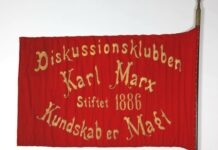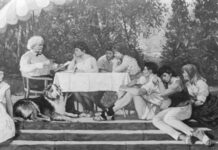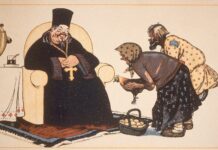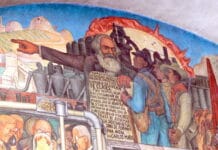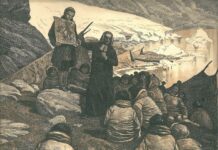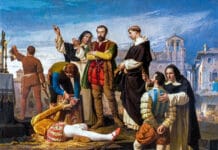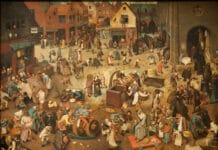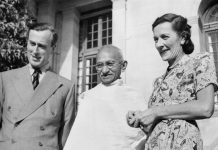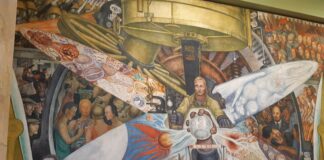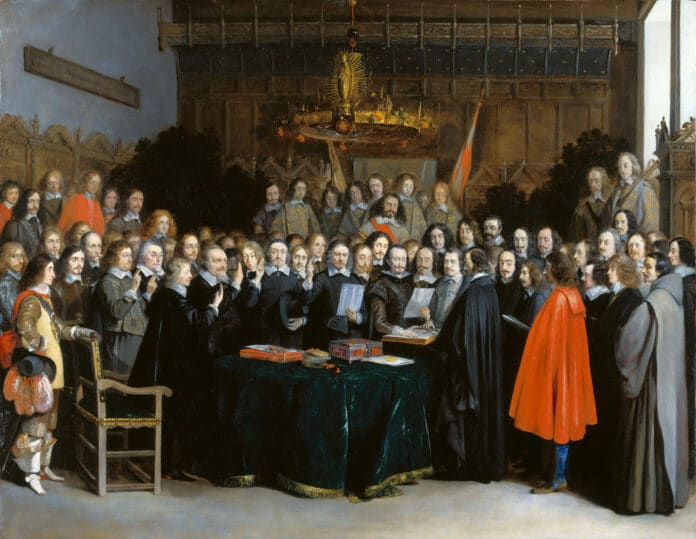
Socialistisk Biblioteks Tidslinje med links til begivenheder og personer i 1648.
Se også Index over personer, organisationer/partier og værker (som bøger, malerier, mm.), steder, begivenheder, mv., der er omtalt på hele Tidslinjen, titler og indhold på emnelisterne osv.
24. oktober 1648
Den såkaldte Westfalske fredsslutning markerer afslutningen på 30-årskrigen, Nederlandenes uafhængighed af Spanien, afgjorde den politiske opdeling af Tysk-Romerske rige, og grundlagde principper for europæiske stater.
30 års krigen, der var militære modsætninger mellem europæiske stater, i form af kampe mellem protestanter og katolikker. ??
Links:
Westfalske fred (Wikipedia.dk). Med links til lidt større engelsk og tysk artikel.
(Denstoredanske.dk)
Den westfalske fred (kap. 6, side 24-25; -i: Demokratikanon, 2008, udg. af Undervisningsministeriet).
Peace of Westphalia (New World Encyclopedia)
Treaty of Westpahlia, 1648 (Marxists Internet Archive). Traktatens tekst.
Se også:
Franz Mehring: Absolutism and Revolution in Germany 1525–1848 (1910) (Marxists Internaet Archive), Part I: The German Reformation and its consequences. Afsnit: The Thirty Years’ War. Scroll ned.
The Dutch Revolt & early modern nation-building. By Richard Seymour (Lenin’s Tomb, May 24, 2007)
Se også på Socialistisk Bibliotek:
Tidslinjen: 23. maj 1618, om vinduesudsmidningen i Prag og tredveårskrigen
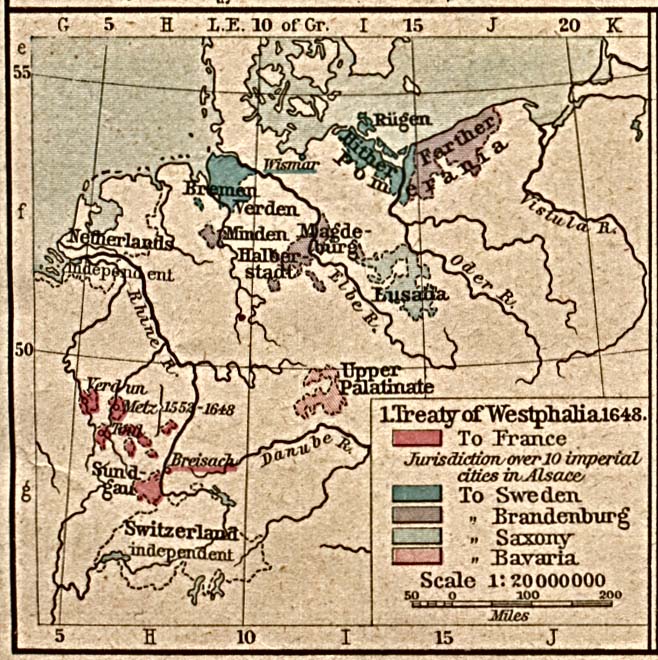
Karl Marx:
I shall not enter upon details. It will suffice for my purpose to say, that France used those alliances in the midst of the 17th century to bring about the treaty of Westphalia, by which Germany was not only dismembered, one part of it being given to France and the other to Sweden, but every little German prince and baron obtained the treaty right to sell his country and France obtained a protectorate over Germany. After the treaty of Westphalia, in the second part of the 17th century, Louis XIV, the true representative of the old Bourbon policy at the time of its strength, bought the king of England, Charles II, in order to ruin the Dutch republic.
Draft for a Speech by Karl Marx on France’s Historical Attitude to Poland (Polemics against Peter Fox) (Marxists Internet Archive)
